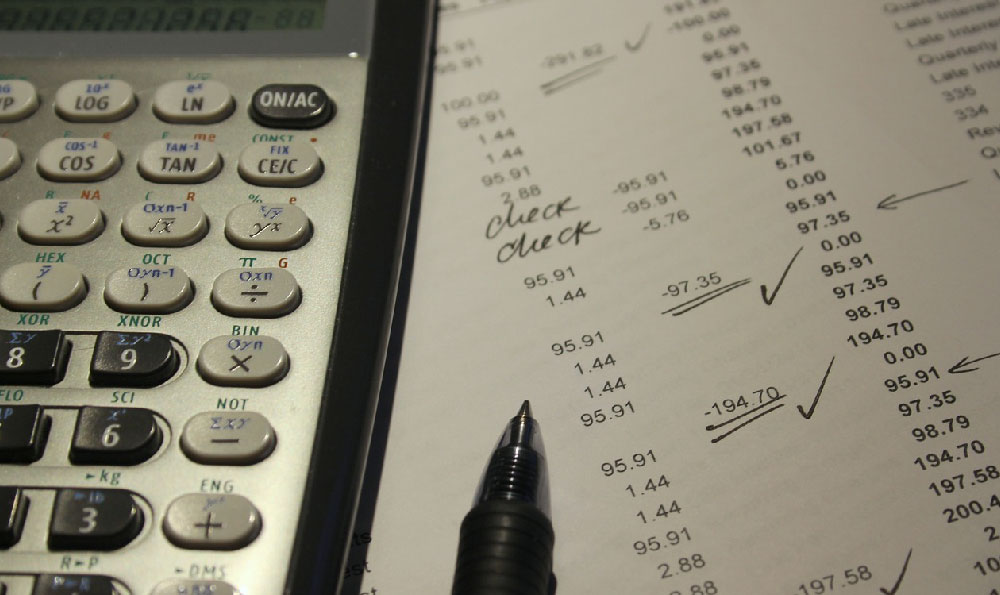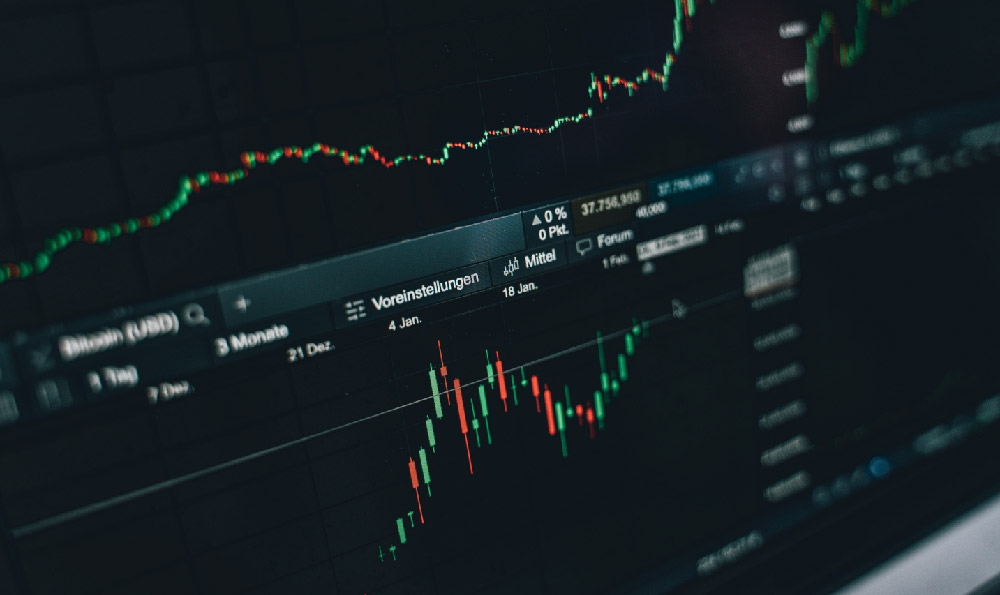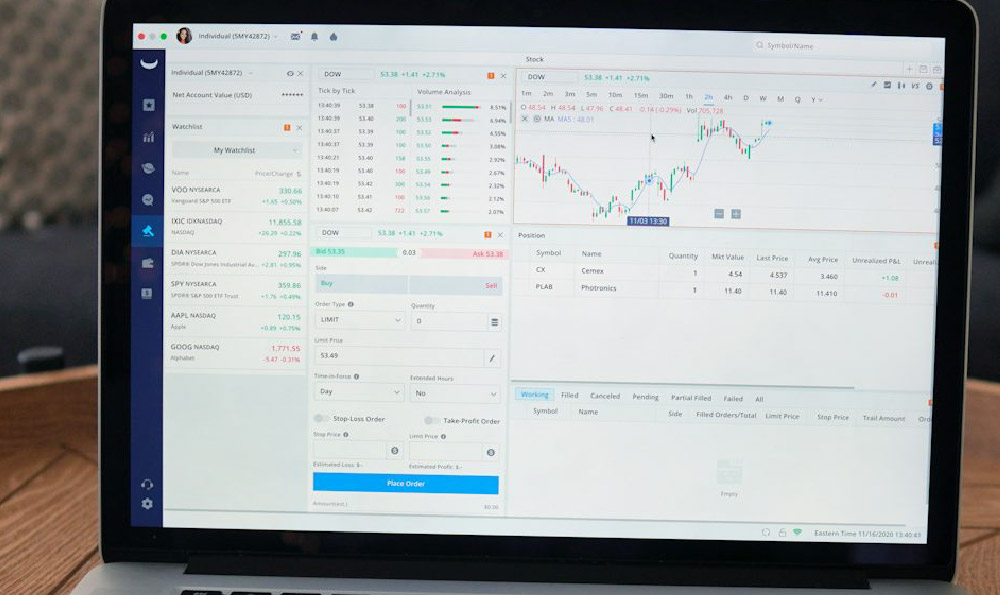How Much Did Breaking Bad Earn? What Was Its Total Revenue?
Let's delve into the financial empire that "Breaking Bad" built, separating fact from fiction and examining the various revenue streams that contributed to its immense success. It's important to understand that calculating the exact total revenue is nearly impossible due to the private nature of licensing agreements and ongoing earnings from streaming and syndication. However, we can piece together a comprehensive picture by analyzing available data.
First, we need to understand the distinct revenue streams involved. These include: initial broadcast revenue, DVD and Blu-ray sales, international licensing, streaming revenue (Netflix, Amazon Prime, etc.), syndication, merchandise, and potentially, ancillary revenues like the spinoff series "Better Call Saul."
The initial broadcast revenue from AMC, the network that aired "Breaking Bad," likely covered the production costs for each season. While specific episode budgets varied, it's estimated that early seasons cost around $3 million per episode, rising to around $3.5 million in later seasons as the show’s popularity grew and actors' salaries increased. Given the series' 62 episodes, we can estimate the total production cost to be somewhere in the vicinity of $200 million to $220 million. AMC would then earn revenue from advertising slots sold during each episode's broadcast. However, AMC’s primary gain wasn’t just from advertising; it was the prestige and brand recognition that "Breaking Bad" brought to the network. The show transformed AMC from a channel primarily known for classic movies into a powerhouse of original, critically acclaimed television. This reputation shift allowed AMC to attract higher-quality shows and more lucrative advertising deals across its entire programming lineup.

DVD and Blu-ray sales represented a significant revenue stream, particularly in the early years of the show's success. While physical media sales have declined in recent years, "Breaking Bad" enjoyed strong sales during its peak popularity. Complete series box sets, in particular, were highly sought after. Estimating the exact revenue is difficult, but considering the show's widespread appeal, sales likely reached tens of millions of dollars. This revenue would be split between Sony Pictures Television (the production company) and retailers.
International licensing is another critical area. "Breaking Bad" was sold to broadcast networks and streaming services in numerous countries around the world. The licensing fees charged varied depending on the size of the market and the exclusivity of the deal. This revenue stream, again, contributes significantly to the overall earnings, likely generating tens of millions of dollars over the years. This is recurring revenue, as licenses need to be renewed, and new licensing opportunities arise as the global streaming landscape evolves.
Perhaps the most substantial and ongoing revenue stream comes from streaming services like Netflix. Netflix played a crucial role in "Breaking Bad's" explosive growth in popularity. Before the final seasons aired, the show was readily available on Netflix, allowing audiences to catch up and leading to a significant surge in viewership for the later episodes. While the exact details of the licensing agreement between Sony and Netflix remain confidential, it's widely believed that Netflix pays Sony a substantial sum for the rights to stream "Breaking Bad" in various territories. This is likely a long-term, recurring deal that continues to generate revenue for Sony. Estimating the exact figure is complex, but it's safe to assume that Netflix has paid, and will continue to pay, hundreds of millions of dollars for the rights to "Breaking Bad." The value lies not just in direct viewership of "Breaking Bad," but in the platform’s ability to attract and retain subscribers with a robust catalog of high-quality content.
Syndication, the practice of selling the rights to broadcast the show to other television networks, also contributes to revenue. While not as lucrative as streaming, syndication agreements generate ongoing revenue for Sony, especially in smaller markets and for niche cable channels.
Merchandise, ranging from Heisenberg hats and t-shirts to action figures and board games, represents a smaller but still significant revenue stream. Licensed merchandise generates royalties for Sony and contributes to the overall brand recognition of "Breaking Bad." The success of the show also indirectly boosted tourism to Albuquerque, New Mexico, where it was filmed, further contributing to the local economy.
Finally, the spinoff series "Better Call Saul" benefits greatly from the "Breaking Bad" legacy. The success of "Breaking Bad" paved the way for "Better Call Saul," and the spinoff’s existence indirectly contributes to the value of the original series. The association with a successful franchise like "Breaking Bad" inherently increases the value and appeal of any related products or content.
In conclusion, while the exact total revenue of "Breaking Bad" remains a closely guarded secret, a conservative estimate would place it well above $1 billion when considering all the revenue streams combined. The show's impact extends far beyond direct financial gains, shaping television trends and establishing a lasting legacy in popular culture. The initial investment in production costs was significantly overshadowed by the subsequent returns generated through a multitude of channels, highlighting the power of compelling storytelling and strategic distribution in the modern entertainment landscape. The key takeaway is the multifaceted nature of revenue generation in the television industry, where initial broadcast deals are just the starting point of a potentially long and lucrative financial journey.














